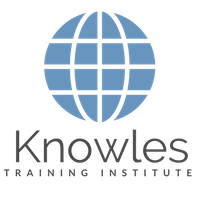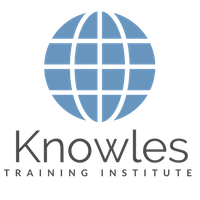Skip to content
VisualizationIntern1bksiuevej76kHhK
Visualization
Visual Pathways to Remembering for Unlocking Memory and Recall with Visualization
- Advancing Cognitive Encoding Techniques: Through visualization, individuals activate cognitive encoding in the brain, enabling them to mentally construct visual images that are tied to the information they intend to remember. This strengthens memory by creating enhanced associations and connections within the brain.
- Dual Coding: Integrating Words and Images: By utilizing visualization, individuals tap into the benefits of both visual and verbal coding, creating a dual coding effect that enhances memory. Through the integration of mental images and relevant verbal information, multiple retrieval cues are established, leading to improved recall.
- Vividness and Detail for Stimulating the Senses for Better Learning: Visualization allows for the generation of vivid and elaborate mental images. The level of detail and sensory richness in these visualizations directly influences the memorability of the information, as the brain can effortlessly retrieve and reconstruct the visualized scenes during recall.
- Spatial Relationships for Unlocking the Language of Space: Visualization helps individuals establish spatial relationships between different elements of information. By mentally organizing objects or concepts in specific arrangements or locations, a cognitive map is created, aiding in recall and facilitating understanding.
- Emotional Management for Embracing Visualization Transformation: Visualization allows individuals to evoke emotions that enhance memory formation and retention. By visualizing scenes that elicit strong emotional responses or attributing emotional significance to the information, more robust memory traces are established.
- Exploring Mental Rehearsal: Visualization allows for mental rehearsal, where individuals mentally simulate themselves performing a task or recalling specific information. This form of mental practice enhances memory and primes the brain for better performance when it comes to retrieving the information.
- Association with Familiar Concepts for Enhancing Cognitive Flexibility: Through visualization, individuals can connect new information with familiar concepts or images. By associating the new information with pre-existing knowledge or personal experiences, stronger memory links are formed, enhancing recall.
- Storytelling for Conjuring with Visual Imagination: Visualization can be integrated into storytelling, converting information into a narrative or a series of events. This utilization of narrative visualization helps establish a cohesive and memorable framework for recall and retention.
- Mind Place Technique for Connecting with Inner Wisdom through Visualization: Visualization is an essential element of the mind palace technique, where individuals use mental imagery to navigate through a familiar location and link information to specific areas. By employing spatial visualization and forming strong mental associations, this technique enhances memory.
- Mental Imagery for Learning for Visualizing the Path to Learning Excellence: Visualization can be employed as a deliberate learning strategy, enabling individuals to consciously visualize concepts, processes, or ideas while studying. This conscious practice enhances memory encoding and aids in better recall during exams or real-life applications.
Page load link



